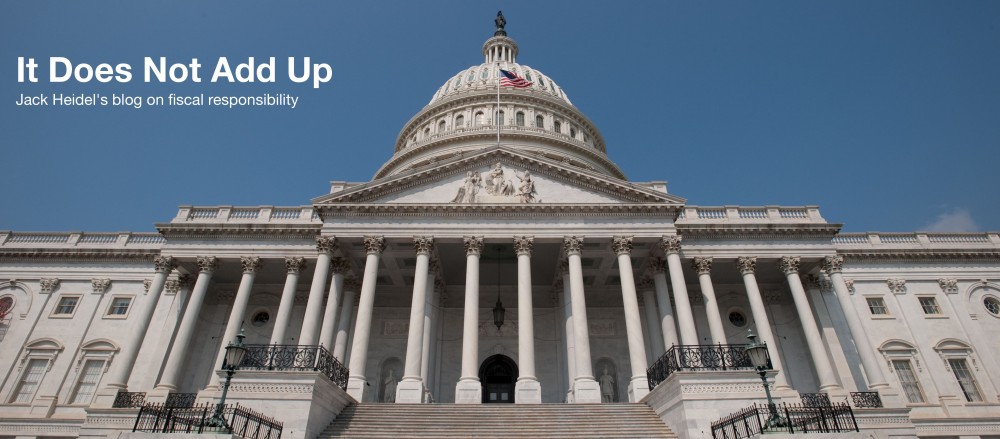With Donald Trump dropping in the polls, whirling out of control and unwilling to withdraw from the race, my attention now turns to Hillary Clinton and what she is likely to do as President. I divide this discussion into good news and bad news.
- A leading democratic economist, Larry Summers, is on record as strongly supporting faster economic growth. However, he seems to think that public investment (i.e. more public spending) is the best way to achieve this.
- The House of Representatives is likely to remain in Republican hands after the 2016 election, even if the margin of control is reduced. The Republican House has an excellent plan to boost economic growth and presumably will be able to bargain for pro-growth policies.
Unfortunately, the current Clinton tax plan is anti-growth. As analyzed by the Tax Foundation, her plan would:
- Give individuals with an AGI over $5 million a 4% tax surcharge. Taxpayers with an AGI of $1 million or more would pay a 30% minimum tax (Buffett Rule). Carried Interest would be taxed at ordinary income rates. Short term capital gains would be taxed at higher rates up to 39.6%. Most itemized deductions would be capped at a tax rate of 28%. Taxes on small businesses and startups would be reduced.
- Lead to a 2.6% overall lower level of GDP which would lead to lower levels of wages and jobs.
- Raise $1.4 trillion in new revenue over the next decade on a static basis which would only really produce $663 billion because of slower growth.
- Devote all of the new revenue to new spending programs and therefore achieve no deficit reduction and more likely an increase in annual deficits.
Conclusion. The Clinton tax plan has some attractive features such as reducing taxes on small business. But overall it would slow economic growth in the name of reducing income inequality. A Republican House in the new Congress would likely be able to bargain for a much better plan.

